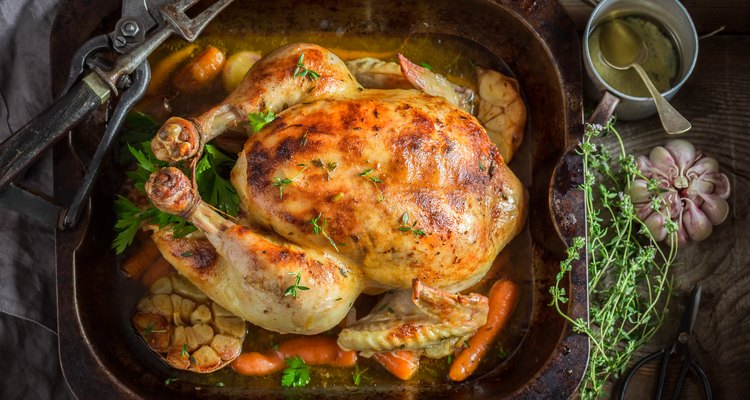
Shaiith/iStock/GettyImages
Advance preparation can help a project go well, but correct timing of all prep-steps can make it go even better. When you make a chicken dish, some steps can be done ahead of time, but others need to wait until just before cooking. Food-safety concerns are significant when preparing chicken. Let informed advance preparation clear the last-minute mess out of your kitchen and make it easy to serve a delicious chicken dinner.
Chicken and Food Safety
According to the U.S. Department of Agriculture Food Safety Information Service, raw and undercooked chicken are vulnerable to several pathogens: Salmonella -- the most frequent -- Listeria monocotogenes, Staphylococcus aureas, Campylobacter jejuni and E. coli. All can cause mild-to-severe digestive distress and other symptoms in humans, and some require immediate medical care. To deter contamination, refrigerate your chicken at 40 degrees Fahrenheit or below and cook it to an internal temperature of 165 F. The Food Service Information Service also limits safe refrigerator storage time for chicken to one to two days. Plan advanced preparation steps for the night before or early during the day you plan to cook your dish.
Browning
Dishes such as chicken cacciatore or coq au vin call for browning chicken parts before combining them with vegetables and sauce. Browning is an excellent candidate for advance work. Brown chicken pieces in oil or other fat right out of the refrigerator, and return them promptly when done. For safe handling, treat partially or undercooked chicken like raw chicken. The browned residue in the bottom of your pan may be an important part of the sauce. If so, make your sauce, store it and combine it with browned chicken at cooking time. Separate storage of sauce best duplicates the process of cooking the whole dish at the last minute. Some recipes encourage you to store sauce and meat together, but in a dish like coq au vin, the strong flavor of the sauce can overwhelm the chicken, and, with prolonged storage, the red wine in the sauce can turn chicken meat purple.
Stuffing
Whether stuffing can be prepared in advance depends on stuffing contents and the cut of chicken being stuffed. Bread stuffings have a high potential for contamination because they are dense and moist. A raw roaster chicken should never be stuffed before cooking time. To speed up work, you can saute stuffing vegetables and toss them with dry bread cubes or crumbs and seasonings. Just before cooking, add broth or other liquid and stuff into the birds. Smaller chicken pieces, however, may be stuffed with cheese, ham or fruit and vegetable stuffings a day ahead. A chicken breast stuffed with seasoned goat cheese, for example, can be easier to saute or bake when the stuffing and meat have bonded securely.
Cooking Chicken Meat
Recipes for chicken divan, chicken tetrazzini and a number of casserole-style chicken dishes often start with cooked chicken meat. Simmer, steam or bake chicken according to recipe directions, up to 24 hours before assembling your casserole. Refrigerate the cooked chicken meat in its liquid to keep it moist. Assemble your casserole up to 12 hours ahead of time, adding the chicken to other ingredients. Refrigerate your casserole until cooking time.
Breading
For an effortless chicken marsala or piccata, bread and brown chicken cutlets up to 24 hours before final cooking. Dredge cutlets in flour, dip in beaten egg and roll in bread crumbs. According to "Serious Eats," breading may stay more securely attached if you let cutlets rest at least 1/2 an hour before browning. Saute a few minutes on each side until the outer coating is lightly browned and meat is just barely done. Drain cutlets of excess fat briefly on paper towels, then refrigerate them until cooking time. If your sauce specifies making a roux or deglazing the cooking pan with liquid, proceed with your sauce as soon as the cutlets are cooked. Refrigerate sauce in a separate container and pour it over cutlets at cooking time. Some cooks prepare more cutlets than needed for their recipe and freeze the rest.
Related Articles
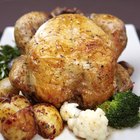
How to Smoke a Chicken in the Oven
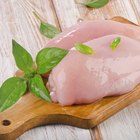
How to Cook Mojo Chicken
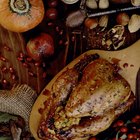
Can I Stuff a Chicken the Night Before ...

How to Make Chinese Chicken in a Slow ...
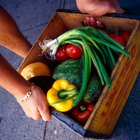
How to Slow Cook Chicken With Tomatoes ...
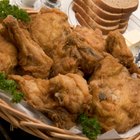
How to Par-Cook Chicken Before Frying
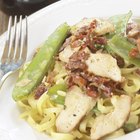
Easy Way to Cook Chicken Breasts for ...
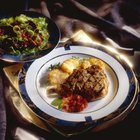
Freeze-Ahead Meals With Pork Chops

How to Cook Fried Drumettes
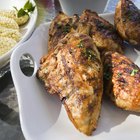
Can I Stop Cooking a Chicken Halfway & ...
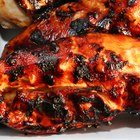
How to Cook Half a Breast of Chicken
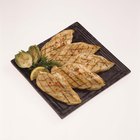
How to Cook Boneless Chicken Breasts to ...
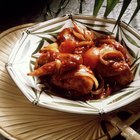
How Long Can Cooked Chicken Be ...
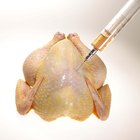
Does Chicken Go Bad if You Marinate It ...
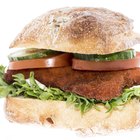
How to Cook Chicken Schnitzel
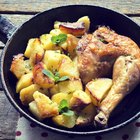
How to Sear and Bake Chicken
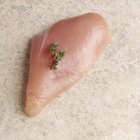
How to Cook Sauteed Chicken With White ...
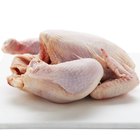
If Chicken Smells Bad Can You Still ...
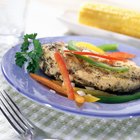
How to Bake Chicken Breast Without Oil
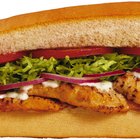
How to Cook Chicken in Olive Oil With ...
References
Resources
Writer Bio
Janet Beal has written for various websites, covering a variety of topics, including gardening, home, child development and cultural issues. Her work has appeared on early childhood education and consumer education websites. She has a Bachelor of Arts in English from Harvard University and a Master of Science in early childhood education from the College of New Rochelle.